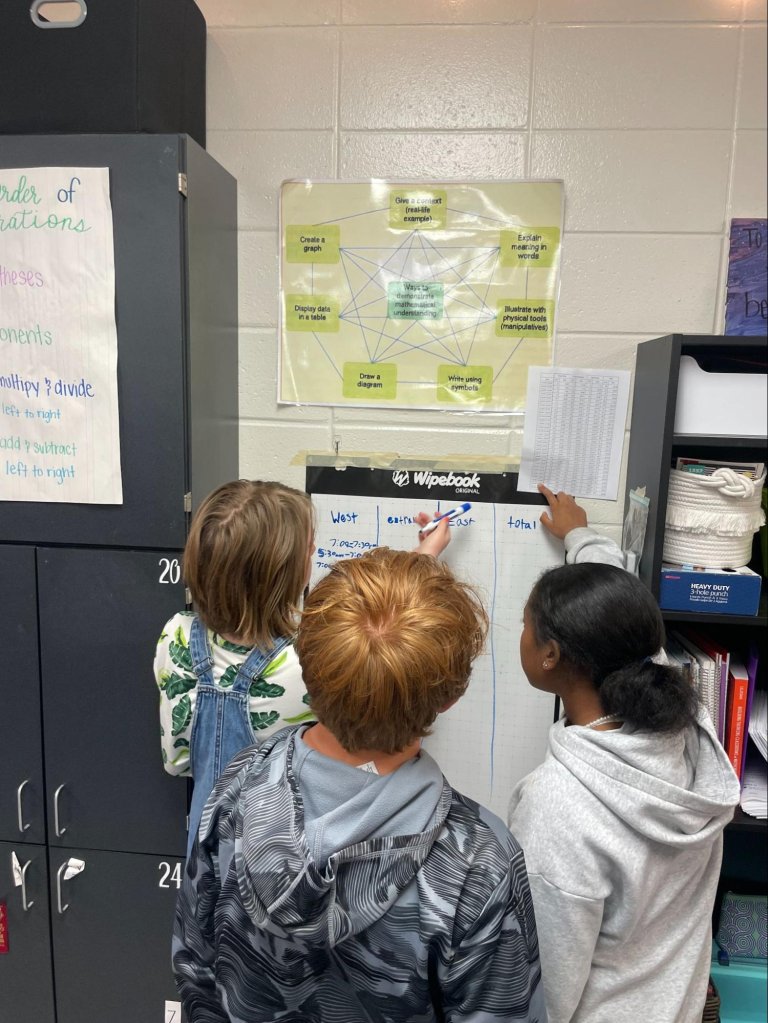3 Strategies to Get All Students Participating
In upper elementary and middle school, students may be hesitant to speak up, so strategies that encourage full participation come in handy.
Your content has been saved!
Go to My Saved Content.I have the opportunity to visit classrooms around the country in diverse contexts. As I visit classrooms, I am always inspired when I see young people engaging in meaningful discussions and explaining their thinking. I have also seen that one of the major barriers to creating an engaging classroom is equity of voice and the expectations for all learners to think instead of just a few.
In upper elementary school and middle school, when young students are becoming more self-conscious, it can be hard to engage all learners. Often, to compensate, teachers resort to calling on learners who raise their hands first, giving preference to those who are the most confident, extroverted, and quick in their thinking, rather than creating time and space for each learner to process and share their thoughts. This approach also gives us a false sense that the class gets it. However, when we hear only a few voices, we don’t know what the class knows or how to best move forward.
Additionally, if the same few learners are participating each day, other learners believe they don’t have to actively engage, since a few members of the class will do it for them. Luckily, there are strategies that work to create more equitable dialogues and deeper learning in the classroom.
3 STRATEGIES FOR EQUITABLE PARTICIPATION
1. Think-Pair-Share. One of the simplest and (probably most underutilized) strategies is Think-Pair-Share. To create equity of voice, provide learners with time to think before they are expected to answer. After you ask a question, a simple strategy is to set your timer for 30 seconds of silence. During that time, ask learners to jot down their ideas. This pause gives all students time to think and process. Once they have had time to process, ask students to turn to their neighbor and share their thinking.
This strategy gives every child the chance to voice their opinion and hear from others in a low-pressure setting. It also ensures that all learners have more accountability to think and share instead of just a few learners. Then, when you ask for volunteers, you might have more thoughtful responses and more investment from the class.
Even without the pair and the share, telling students you are going to wait 30 seconds before asking for volunteers can give all students the chance to gather their thoughts.

2. Use thinking routines. Encouraging all learners to collaborate, share, and document ideas can allow for a more robust dialogue about ideas and deeper learning. Thinking routines or protocols provide structure for learners to frame their ideas and engage in more productive collaborative work. Using whiteboards or chart paper to document and make thinking visible can create a shared accountability and allow you to see everyone’s thinking.
One of my favorites is What, So What, Now What. You can use this thinking routine to examine a text, look at historical events, or even discuss a challenge that students are facing.
Another great thinking routine is See, Think, Wonder, where students can explore pictures or experiments. You can use this thinking routine to pique interest as you start a unit or project and help organize their ideas and questions. When all students are expected to participate and they have structures to help them, they are more likely to engage and learn more deeply in the process.
3. Silent engagement. Even with wait time and thinking routines, not all learners are as confident or eager to participate by speaking out loud. Nonverbal participation strategies can provide opportunities to gauge understanding. Technology can be used to provide polls or virtual chat spaces, such as Poll Everywhere, Mentimeter, and Padlet. If you want a low-tech way for learners to nonverbally participate, sticky notes allow students to jot down ideas and share with classmates. They can also share them as an exit ticket, allowing you to formatively assess each student’s thinking.
You can ask a question or series of questions and have all students do the work on their whiteboard. To check their thinking, ask them to raise their boards at the same time. Hand signals, like fist to five, also invite all students to rate their understanding of a concept by raising their hand with a fist for the lowest level of understanding to a full five fingers for full confidence and anything in between.
By using these methods, you are taking away the power dynamics of the teacher choosing whom to call on or relying on certain students who always raise their hands because they are more comfortable speaking up. It also means that all learners have an equal expectation to participate, regardless of how shy or confident they are.
These strategies can help you create a learning environment where every learner feels heard and valued as they are supported in multiple ways to participate. This not only fosters equity of voice but also helps create a more inclusive and collaborative learning community where learning is expected for all, not just a few. Those who are doing the work are the ones learning, and when we get more learners reflecting, thinking, and sharing their ideas, we get more learners learning.
